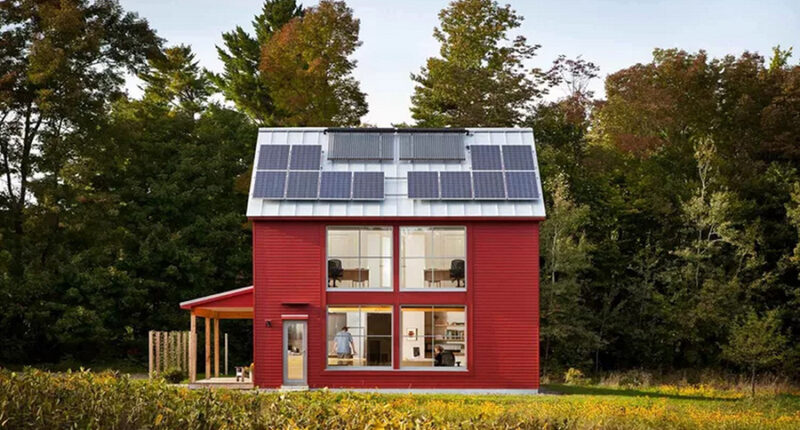In the wake of the COVID-19 pandemic, the conversation around indoor air quality has taken center stage, prompting a fundamental reevaluation of our approach to respiratory health. Drawing parallels to historical advancements in sanitation, experts like Dr. David N. Fisman advocate for treating air quality as the new frontier in public health.
Learning from History: A Lesson in Sanitation
Reflecting on past triumphs in public health, Dr. Fisman underscores the transformative impact of engineering and science on mitigating disease spread. By implementing rigorous standards for water quality and plumbing infrastructure, communities effectively curtailed the prevalence of waterborne illnesses like typhoid fever. Now, as we confront the challenges of airborne pathogens, the imperative to prioritize air quality has never been more pressing.

Shifting Perspectives: Air as the New Poop
In a bold analogy, Dr. Fisman likens the significance of air quality to the historical battle against waterborne diseases, emphasizing the need for a paradigm shift in our approach to respiratory health. With respiratory illnesses posing a significant threat to public health, the imperative to address indoor air quality is paramount.
Engineering Solutions: A Sustainable Approach
Unlike waterborne diseases, addressing indoor air quality requires a multidisciplinary approach that spans sustainable design, engineering, and public health. While historical advancements in sanitation focused primarily on medical interventions, tackling indoor air quality demands a comprehensive strategy rooted in sustainable design principles.

Overcoming Resistance: The Path to Change
Despite the urgency of the issue, progress in improving indoor air quality is hindered by resistance and inertia. Unlike the immediate impact of John Snow’s pump handle revelation, addressing air quality necessitates sustained efforts to overcome entrenched norms and vested interests.
Prioritizing Prevention: A Call to Action
In the quest for healthier indoor environments, prevention emerges as a cornerstone principle. By adopting low-VOC materials, transitioning away from gas appliances, and investing in effective ventilation systems, individuals can proactively safeguard their respiratory health and mitigate the risk of airborne pollutants.

Embracing Innovation: Tools for Monitoring and Management
In the age of smart technology, individuals have access to a range of tools for monitoring and managing indoor air quality. From CO2 monitors to VOC detectors, these devices empower individuals to make informed decisions about their indoor environments and take proactive steps to improve air quality.
A Vision for the Future: Sustainable Living Redefined
As we navigate the complexities of indoor air quality, we must envision a future where sustainable living extends beyond energy efficiency to encompass respiratory health and well-being. By embracing innovative solutions and challenging conventional norms, we can pave the way for a healthier, more sustainable future.

Conclusion
In the pursuit of healthier indoor environments, air quality emerges as a critical frontier in public health. By drawing inspiration from historical advancements in sanitation and embracing innovative solutions, we can chart a course toward a future where clean air is a fundamental right for all.














